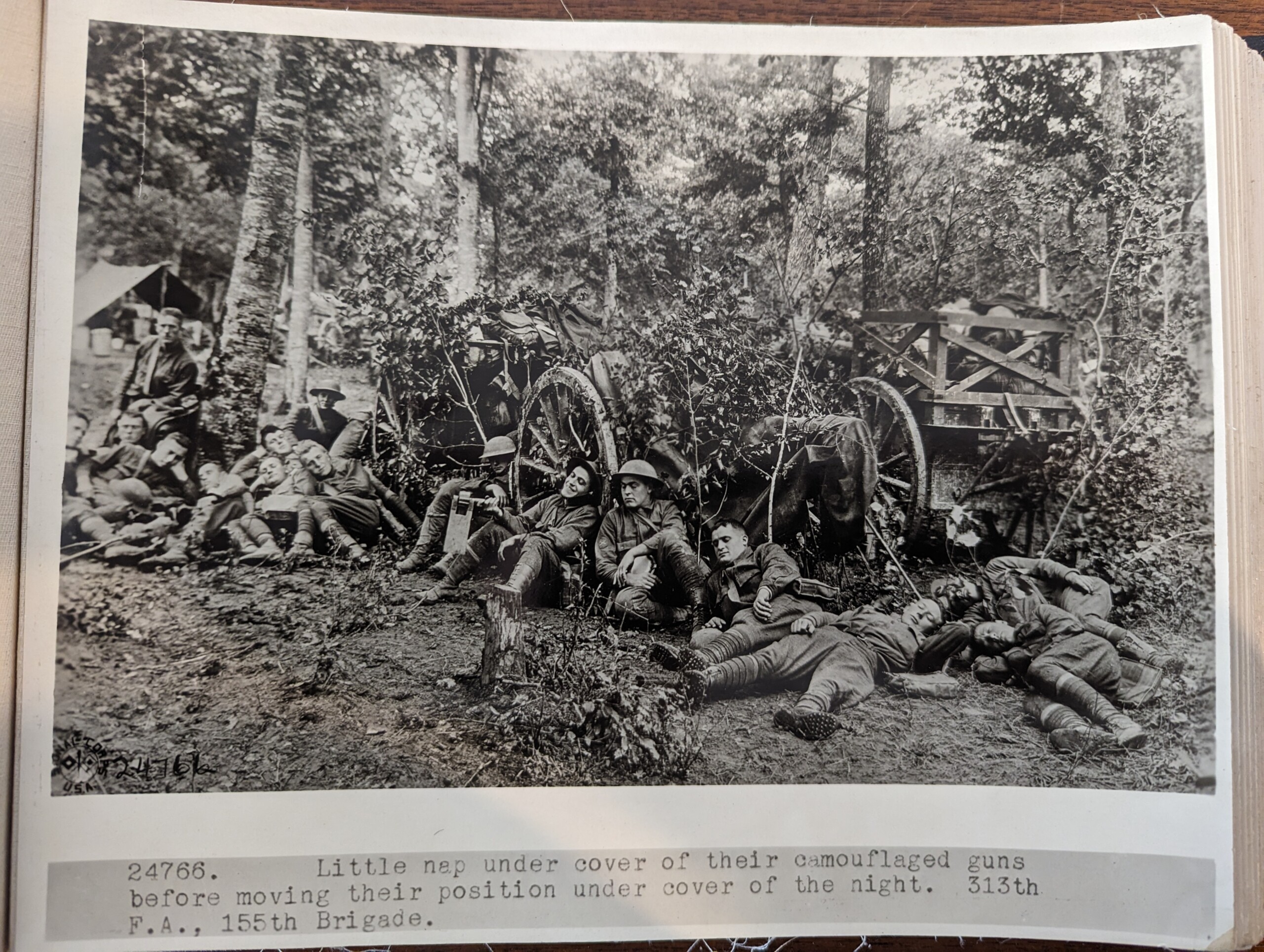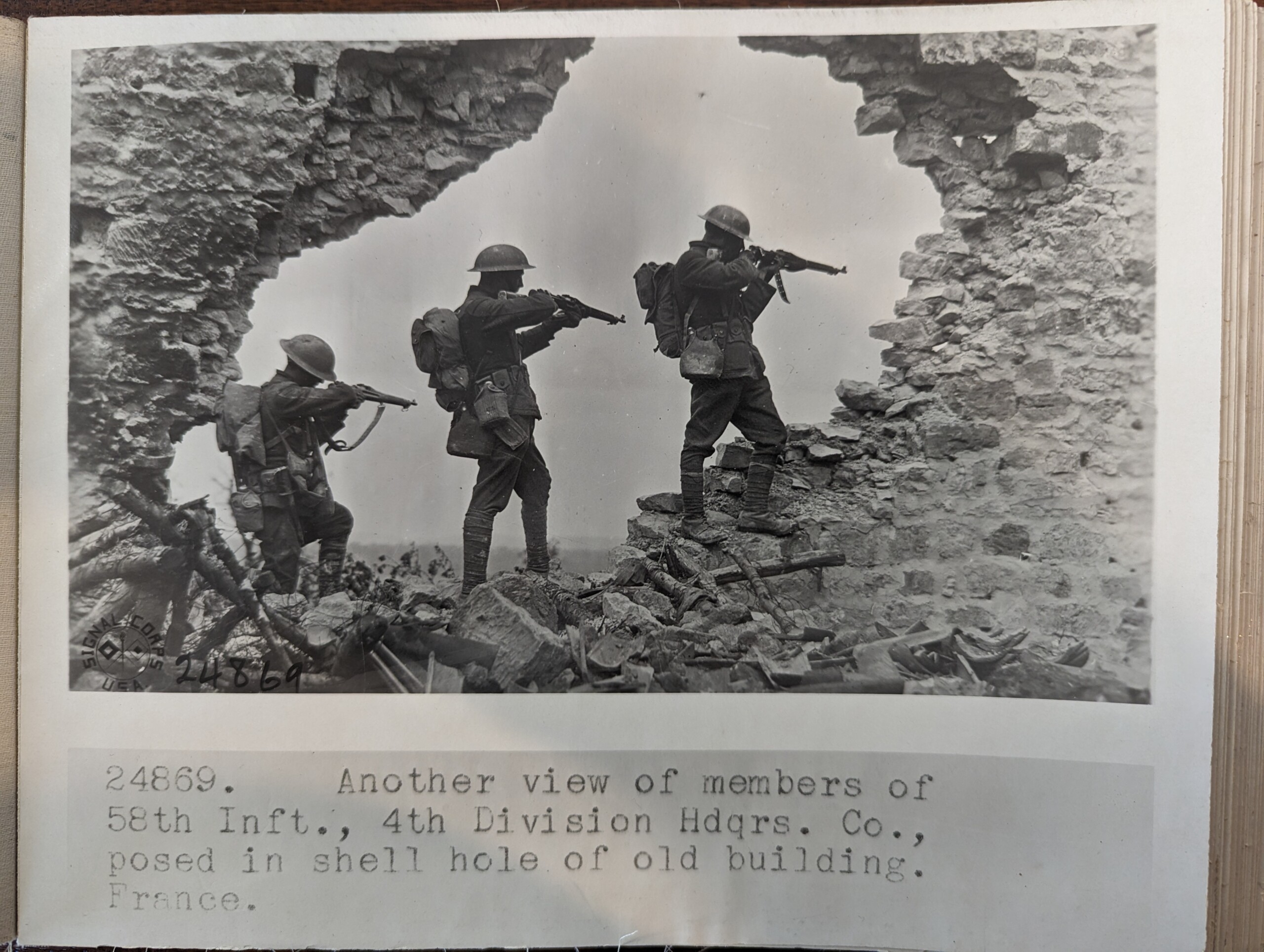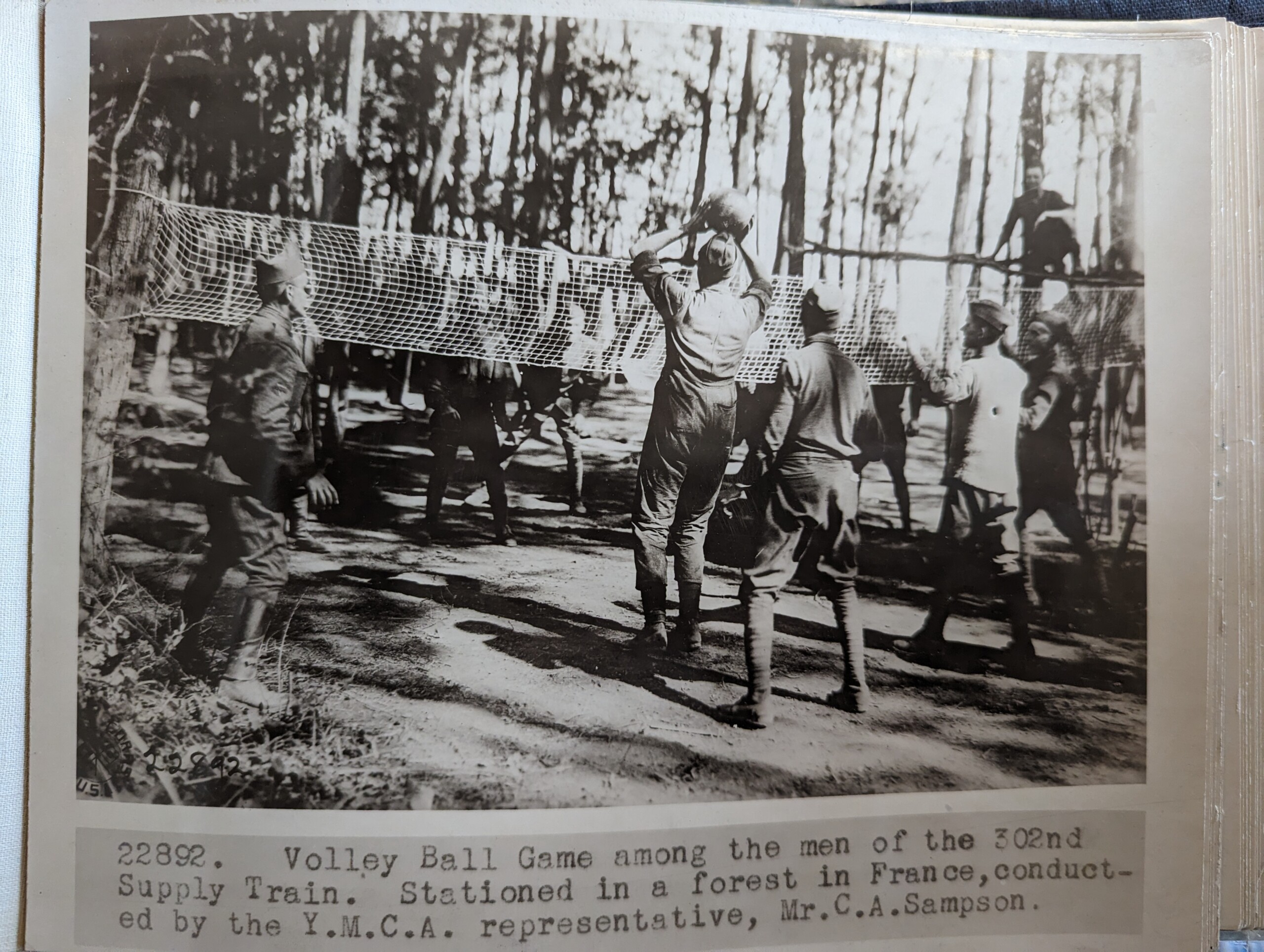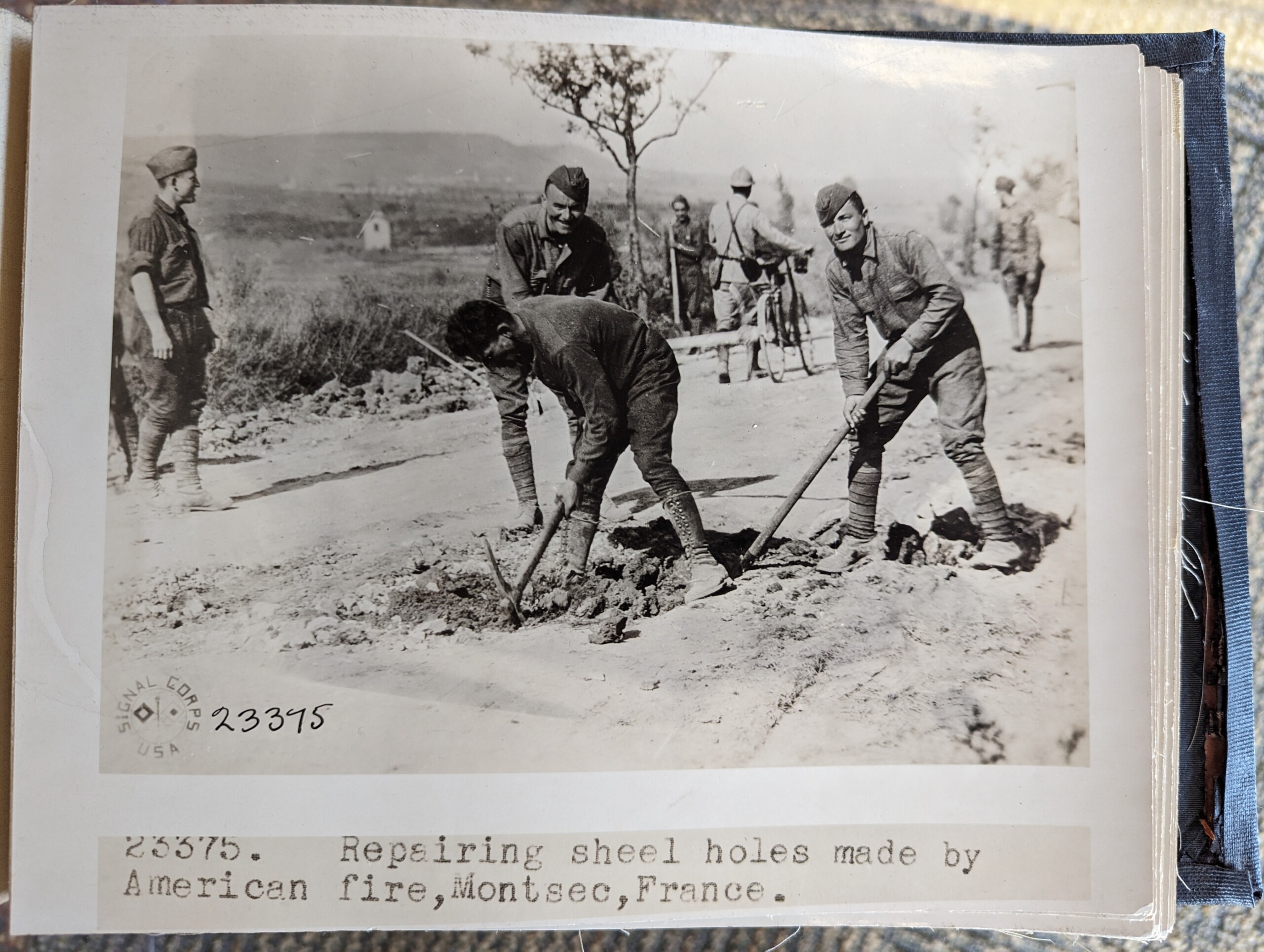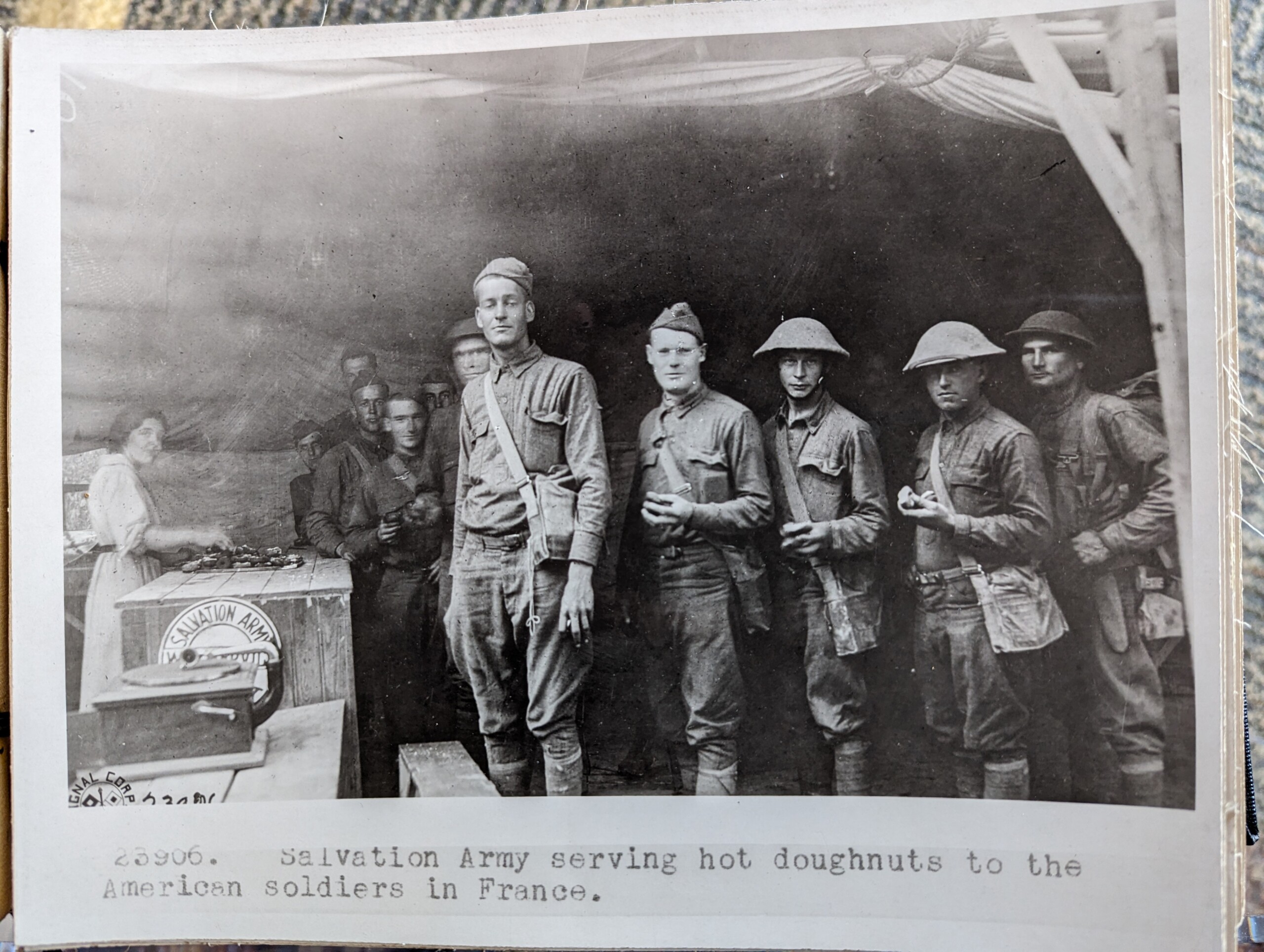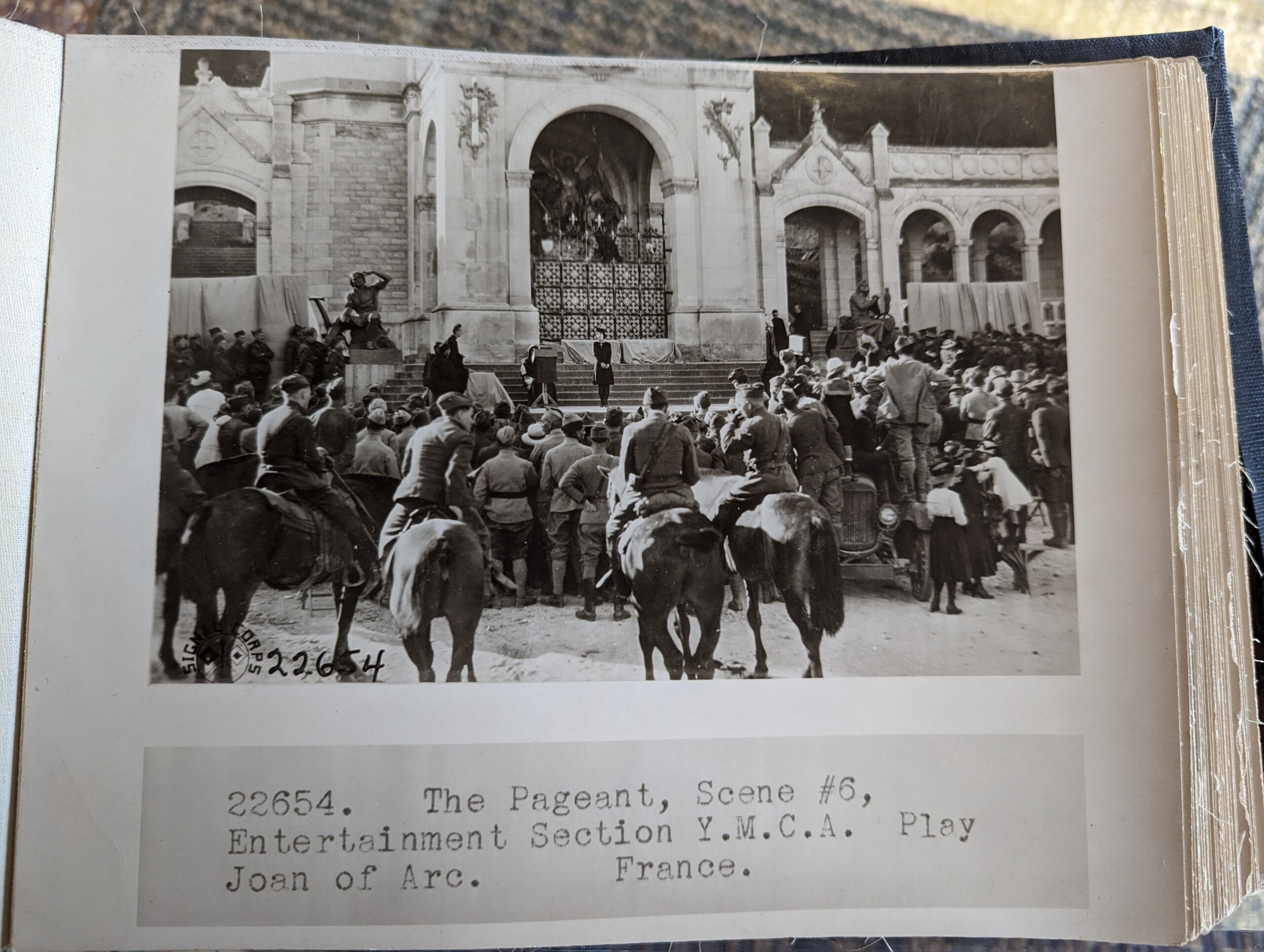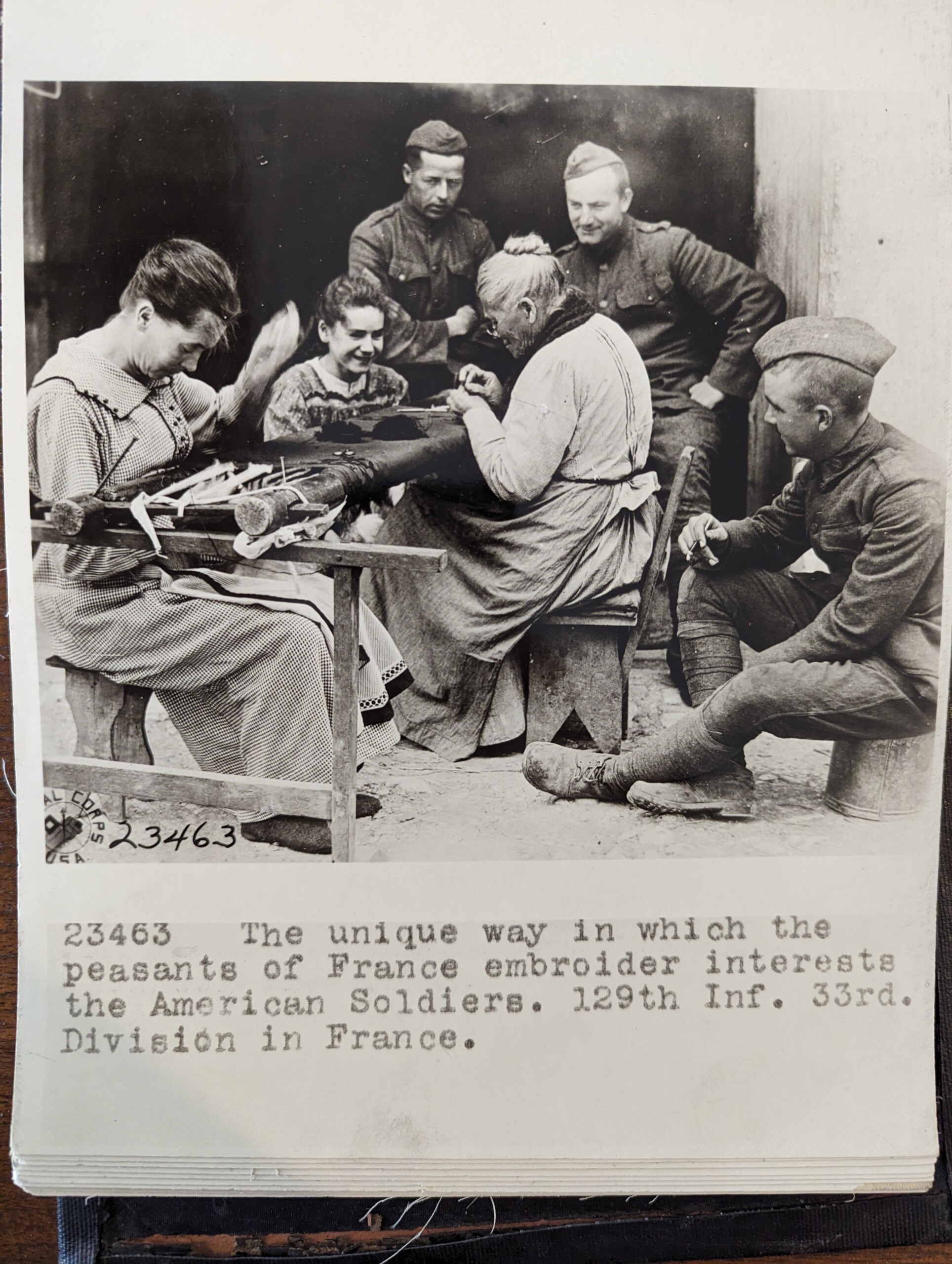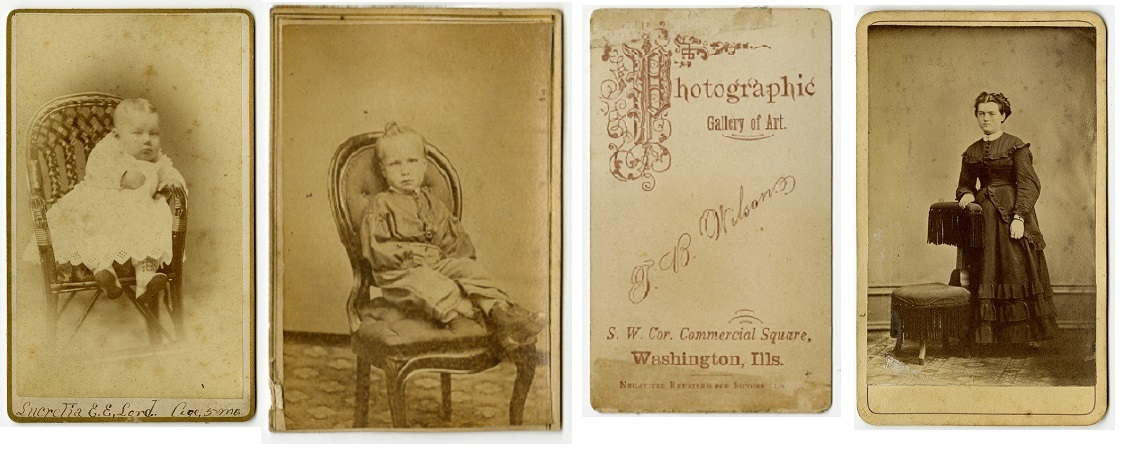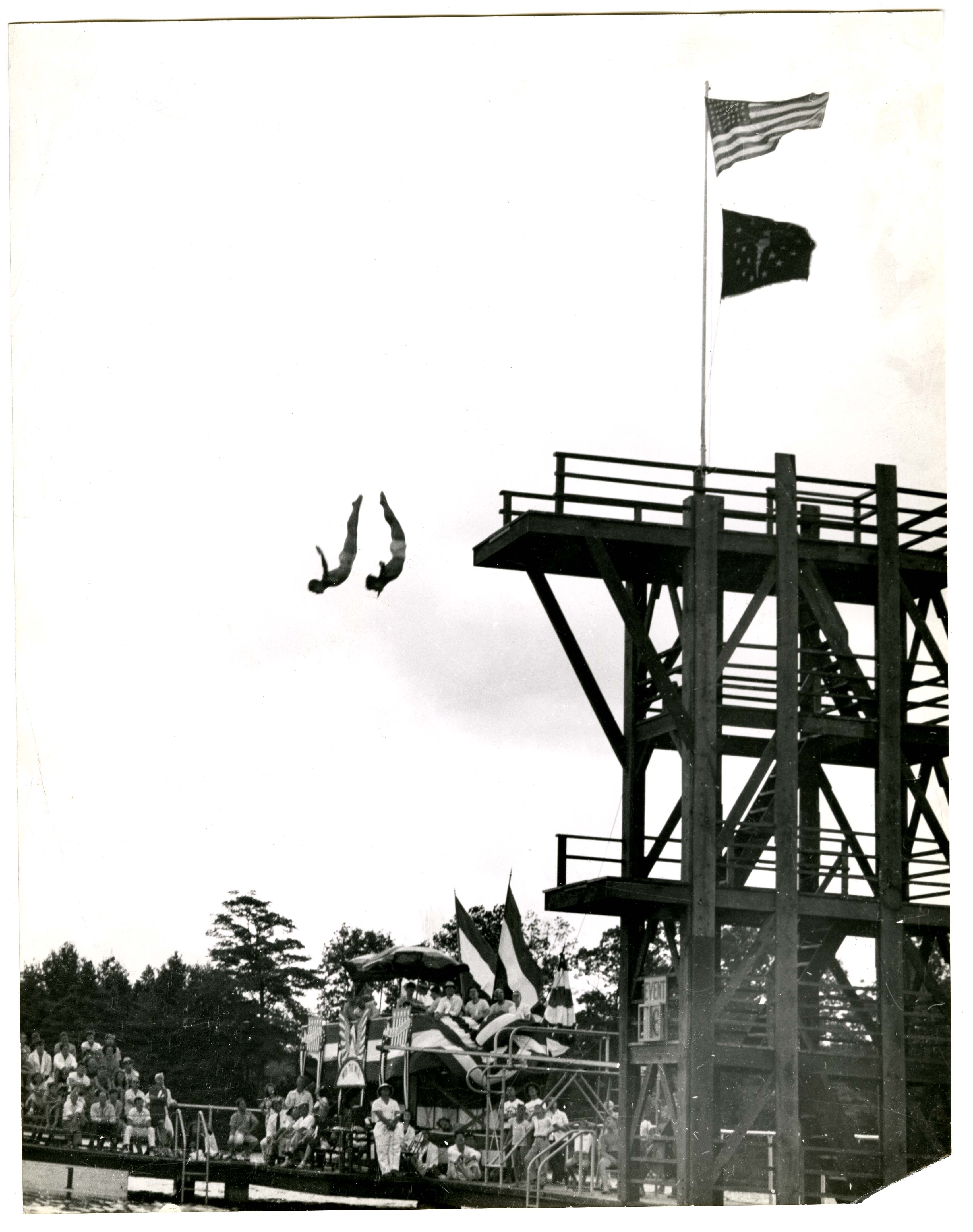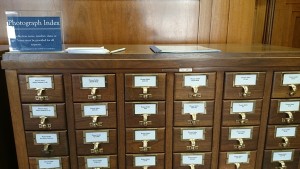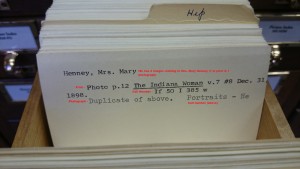Any account of the first World War is grim. Battles lasted months and soldiers died by the thousands while “attacking” between enemy trenches, but for the United States Army Signal Corps – the official photographers of the American Expeditionary Forces – their task was to present the conflict in such a way that it bolstered morale both in the trenches and back home.
The thousands of images retained by the AEF suggest a history at odds with the realities of the war. The Indiana State Library houses four small scrapbooks of labeled photographs, all taken by the Signal Corps, that appear to focus on the lighter aspects of the conflict while glossing over the darker aspects of the war.
These posed images…
…stand in stark contrast to the few action shots captured from the front lines.
During the less than two years the AEF saw action in Europe, 50,000 US soldiers died in combat and over 200,000 troops were injured, yet photographs of No Man’s Land and the wounded are scarce.
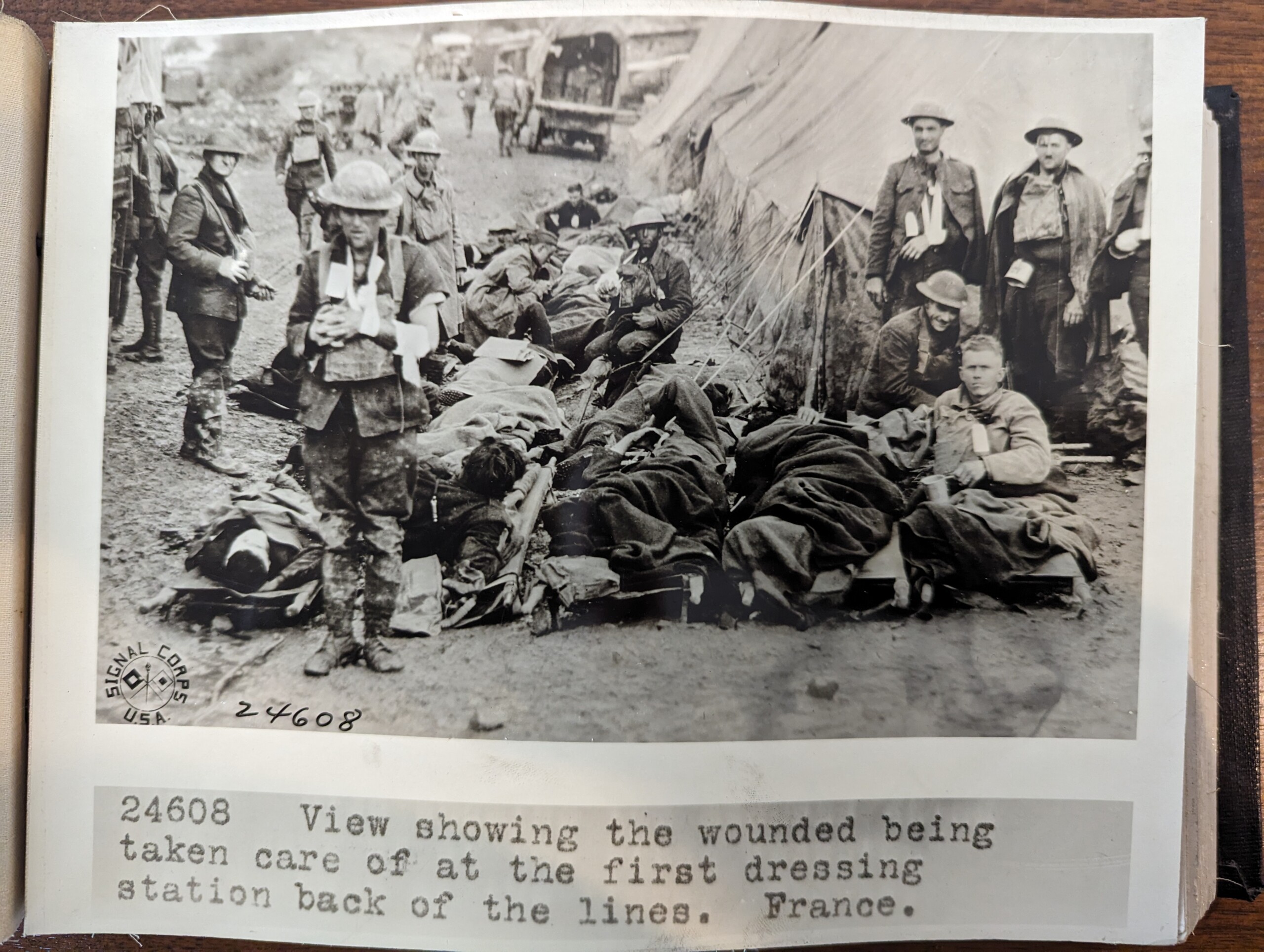 There are, however, plenty of photographs of men playing volleyball, sorting mail and repairing holes.
There are, however, plenty of photographs of men playing volleyball, sorting mail and repairing holes.
Along side the United States Signal Corps, and despite being forbidden by their governments to do so, soldiers also photographed the war, many using a Kodak Vest Camera that really could fit into a pocket and even enabled photographers to scribble notes on the back of the film before it was developed. Photographs taken by these troops bear witness to a different conflict.
Promoting the image of a necessary and successful war, the Signal Corps also turned its lens on women serving donuts, entertaining the troops and embroidering.
There are also snaps of women more immediately involved in the conflict, French women assisting with camouflage and the Hello Girls commissioned by General Pershing to handle communications as female operators were significantly faster than their male counterparts.
The thousands of images taken by the Signal Corps to document The War to End All Wars are worthy of attention for a host of reasons, and perhaps one of those is to remind us that every picture tells a story, if not a complete one.
This blog post was written by Kate Mcginn, reference librarian, Indiana State Library.


